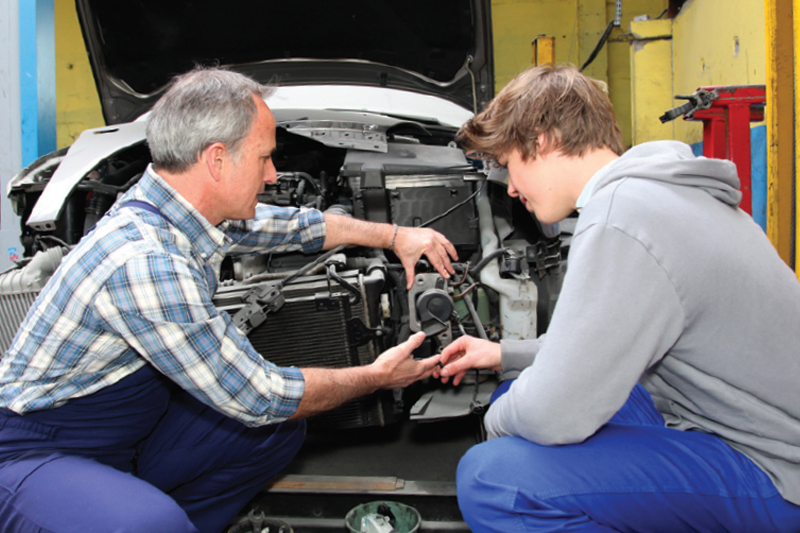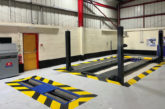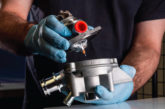
If you read Gemma Westlake’s last instalment, then you should understand what the apprenticeship scheme entails, and how to get the ball rolling. Now, Gemma looks into the type of person you may want to join your team, the skill sets that should be considered, and the current apprenticeship landscape as a whole.
Let’s start with the latter. Apprenticeship starts (as a whole) were down for the year 2019/20 when compared to the previous year, which is not all that surprising when you take the COVID situation into account. At Basingstoke College of Technology (BCOT), we have definitely witnessed some feelings of uncertainty from employers that in a ‘normal’ year would have taken on at least one apprentice. However, recently, given the start of a new college term and the need for colleges and garages alike to keep moving forward, we have seen a good increase in fresh automotive apprentices.
As an employer then, what should you be looking out for in a potential apprentice? Some of the obvious qualities are of course technical knowledge and either an already established technical ability or an ability to learn practical tasks quickly.
There are of course the personal and behavioural traits, such as a smart appearance, good timekeeping, manners and knowing when to turn off the ‘swear switch’ (one of the biggest learning curves for some of our younger learners).
An aspect I find interesting is that when an employer comes to us, they often ask specifically for a level 2 learner or below, some will consider level 3 students, but many seem to feel that by this point the apprentice may have learnt/developed bad habits and will therefore be harder to train and more expensive to pay. When a full-time learner joins us, they are assigned to study at a level based on their previous knowledge, experience, and Maths and English grades.
At BCOT, we start by running a Future Pathways programme. This is a year designed to progress Maths and English skills and grades, while the learners experience vocational areas without the pressure of sitting exams.
Some colleges may also offer a level 1 vocational qualification, which comprises a year of introduction into the automotive trade and tasks within it, covering all the basic vehicle systems.
We then run level 2. A learner can either join us at level 2 through progression from the Future Pathways programme, or as a direct entry. They will then study for a level 2 VRQ, which includes an overview of the following areas: Health & Safety, job roles and responsibilities, hand tools and equipment, routine maintenance, chassis, suspension, steering, brakes, engine systems, transmission and electrical. At this level, they learn an overview of the systems along with the removal, assessment, and refitting/replacing procedures.
Level 3 can only be completed through progression from level 2 and will focus on the evolution of the systems to include diagnostics procedures, particularly focusing on more detailed electronic diagnostics.
From first-hand experience, our level 3 learners show a more mature attitude, a desire to learn about how to work to industry standards, and a realisation that very soon they will need to face the working world. This happens much earlier for some individuals compared to others, so I would recommend to anyone searching for an apprentice not to rule out any level of learner based on pre-judgements.
Next time, I will go into more detail regarding industry placement, its advantages and disadvantages, how it works, what an employer needs in place, and how the COVID-19 situation has affected it. See you in 2021!









